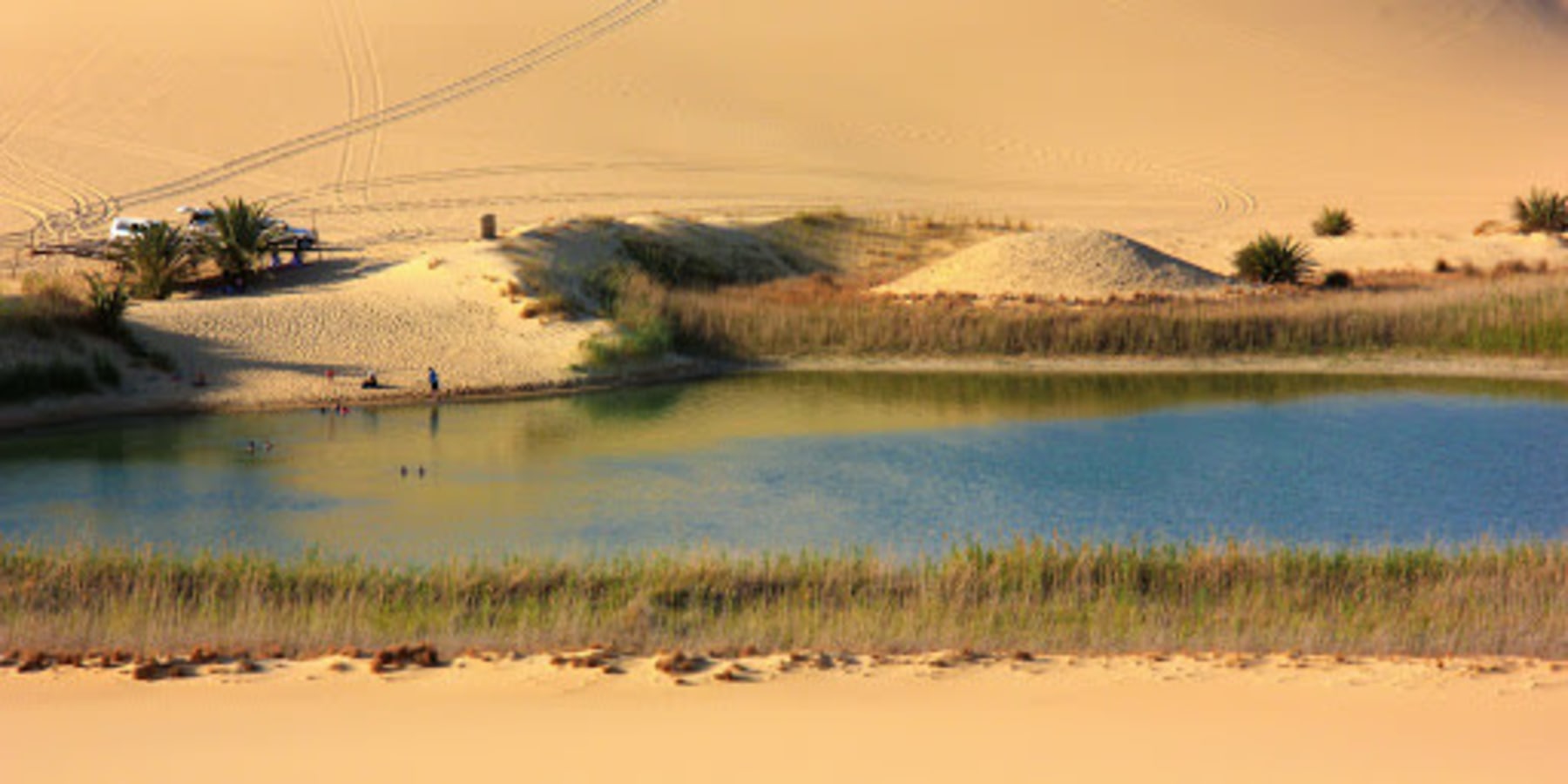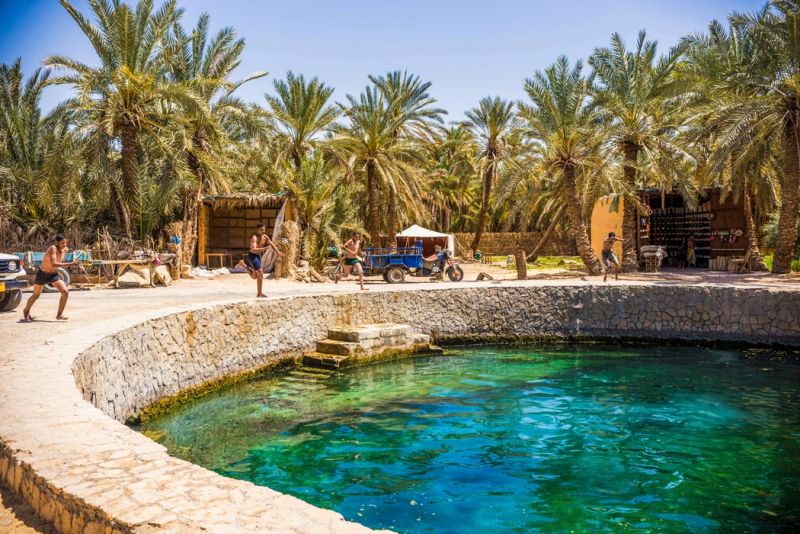
ٍSiwa oasis Location
The Siwa oasis is located only 300km from the border with Libya. It is the furthest oasis from the Nile River.
A desert of rocks surrounds Siwa to the west; to the east are large dunes, and the Qattara depression is to the north.
Siwa is 850km northwest of Cairo; over 1500km northwest of Aswan; 1146km northwest of Hurghada; 500km northwest of Fayoum Oasis; and 250km southwest of Marsa Matruh, the nearest town to Siwa.
History of Siwa Oasis
According to historical records, little is known about Siwa until the 6th century BC. However, it is believed that this oasis was known to the Egyptians from the 15th century BC, especially during the more prosperous periods of Egypt, when the pharaohs used to make various military expeditions to the Western Desert, including Siwa.
Proof of this is the Temple of Amun, built during the 18th Dynasty between the 13th and 16th centuries BC. Amon was the most important god of that time.
The reason why the priests of Amon chose Siwa to build a temple maybe that Siwa was one of the most important commercial caravan crossing points from the Western Desert to the Nile Valley and the Delta, and this would mean an effective expansion of the worship of Amon to the more remote areas.
Among the most notable historical moments is the visit of Alexander the Great to Siwa in the 3rd century BC when he became the ruler of Egypt. He went to Siwa to visit the Temple of Amon to legitimize his reign in Egypt, becoming the son of Amon, a common ritual among the pharaohs.
In 331 BC, Alexander the Great conquered Egypt and designated the city of Alexandria as his capital. He then went to Siwa with his troops, and it is said that after leaving the Mediterranean coast and heading towards Siwa, his water supplies ran out. However, miraculously it began to rain in an area that rarely has rained.
Legend also has it that Alexander the Great never gave notice of his visit to the priests of the Temple of Amon. Because of this, the priests were surprised to see Alexander and his troops in the oasis. The high priest welcomed him and guided him to the temple's inner sanctuary to consult the oracle for himself.
The oracle recognized him as a son of Amon, thus legitimizing his rule in Egypt.
The weather of Siwa oasis
Being located in the Western Desert, Siwa’s climate is quite hot in the summer at any time of day. In winter and spring, the mornings are warm, and the nights can be very cold in some periods.
Landmarks in Siwa Oasis
Ancient City of Shali
One of the most important historical sites in Siwa is the ancient city of Shali. It was established in the 13th century, and the houses were made of a mixture of sand, mud, and straw. In the 1930s, torrential rains damaged most of the houses.Cleopatra’s Pool
Another place of interest is Cleopatra’s Pool. This natural hot spring is surrounded by palm trees and other plants.The Temple of Amon
The Temple of Amon or Temple of the Oracle is also worth visiting. The ruins can be visited in the ancient citadel of Aghurmi, also abandoned in the same period as Shali.Gebel El Mawt
Another interesting place is Gebel El Mawt (or Mountain of the Dead), which houses many tombs belonging to the 26th Dynasty and the end of the Greco-Roman period in Egypt. Some of them still preserve their decorations and colours.


